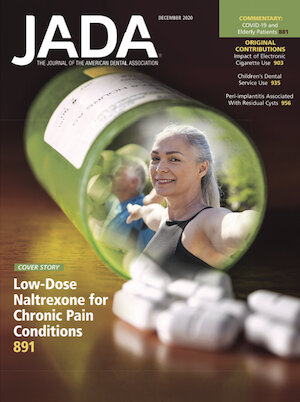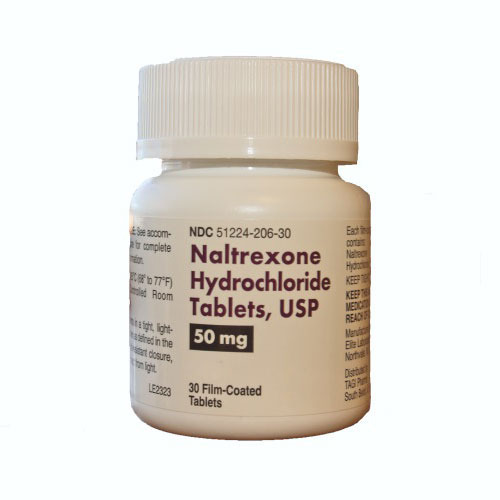By Madora Pennington, PNN Columnist
The first place I felt a ripping pain in my body was in my feet, when I was 14 and growing fast. But that’s only because I don’t remember the severe abdominal hernias I was born with. They probably felt the same. After I screamed for the first two months of life, a surgeon repaired them. I still have the scars.
In adolescence, very soon after my feet began to fail me, I was distracted by the snapping of my kneecaps. More trouble walking. Next came the low back aching. Carrying my schoolbooks and sitting in class became unbearable.
My merry-go-round of symptoms could have driven me mad, I suppose, but I was overtaken with such debilitating fatigue, I did not have the energy for big emotional reactions. My clique of junior high friends were agony, isolation and loneliness that I was too tired to accept or reject.
Then my abdomen herniated again. That pain was drowned out by everything else, to be repaired years later when surrounding tissue got caught in it, requiring an emergency operation.
In spite of exhaustive doctor visits throughout my life, no one gave a me a name for what was wrong with me until I was 33: Ehlers-Danlos Syndrome (EDS). Ah, so that’s what the other kids had that I lacked: stable collagen. My life began to make sense.
EDS was named for the doctors who first noted it in the medical literature. If it had been assigned a descriptive name, it would be called Contortionist Syndrome.
If I had joined the circus, my job would have been freaky back bender. My spine is impressively loose and a particular source of torture. I spent the last half of my 20’s begging for a guillotine to make the pain in my neck and head stop. No one obliged. Rib dislocations have been another problem. Is this what it feels like to get stabbed in prison? I am in prison in my body, so that would be consistent.
Before you feel too sorry for me, or recoil in horror that a human could be born so flimsy, note that my story has a happy ending. By the end of my 30’s, I got experimental treatment that made my body produce better collagen, strong enough to end my life of disability and begin a new one, functioning in the world.
Pain Changes the Brain
It was one thing to have a more stable body, but I still had a problem. Pain creates a disease state of its own. I had been in chronic pain for about 25 years.
Pain signals danger to the body: Do something because you are getting hurt! But what happens when the pain never stops or cannot be adequately relieved? The more a brain experiences pain, the better it gets at experiencing it. That is how brains are. They get good at what they practice.
Ongoing, unrelieved pain causes a downward spiral of maladaptive changes. Chronic pain triggers fatigue and depression. Sufferers tend to avoid activity, often quite legitimately, out of fear of injury or pain aggravation. Chronic pain also seems to induce troublesome changes in learning, memory, and body perception that are similar to emotional disorders. As pain changes the brain, sufferers are likely to feel less motivated and become less able to initiate or complete goals.
These brain changes are real. Researchers have noted widespread abnormalities in the brain, such as “grey matter density, in the connectivity of the white matter, as well as in glutamate, opioid and dopamine neurotransmission.”
How Naltrexone Works
One promising treatment for disrupting and rehabilitating the vicious cycle of chronic pain is an off-label use of an old drug: Naltrexone. Naltrexone treats opioid addiction by blocking the opioid receptors so drugs like heroin cannot take effect.
However, given at much smaller doses, naltrexone blocks the opioid receptors only slightly. This creates a stimulating, re-regulating effect The result: relief and even healing. Even better news, naltrexone is one of the safest drugs around.
How does low dose naltrexone (LDN) have such a profound effect? Opioid receptors are not just in the brain, they are spread throughout the body in the guts, blood, joints, skin and nerves. The hypothalamus and adrenal glands produce hormones with opioid-like effects, creating a complex hormonal feedback system that governs everything from immunity, pleasure and pain, to how connected we feel to others. Naltrexone in low doses gently interrupts these inter-body communications, which can cause a cascade of healing.
Dr. Linda Bluestein is a pain doctor at Wisconsin Integrative Pain Specialists and host of the Bendy Bodies podcast. She often prescribes low dose naltrexone for her chronic pain patients.
“LDN acts on microglial cells and is a novel CNS anti-inflammatory agent,” says Dr. Bluestein, adding that LDN works well not only on persistent pain (fibromyalgia, complex regional pain syndrome, migraine, irritable bowel syndrome, etc.), but also for autoimmune diseases, inflammatory conditions, neuropathic pain, chronic fatigue syndrome and myalgic encephalomyelitis.
“Results are very positive. Many patients get outstanding pain relief. The remainder get moderate pain relief,” said Bluestein. “Some don't really observe much pain relief but want to continue taking the medication because the incidence of infections is lowered. This is because naltrexone given in low doses (1.5 to 4.5 mg) can act as an immunomodulator benefiting both autoimmune diseases and immune function.”
As for side-effects, Dr. Bluestein notes that a patient must be off opioids to take LDN.
“The most common side-effect is vivid dreams. Occasionally a patient will have GI issues, abdominal pain, or even more rarely, loose stools. Cost is sometimes a barrier as insurance rarely covers LDN. Access is another occasional barrier as it must be obtained from a compounding pharmacy,” she explained.
Back to my story, my life of pain interrupted. I have been taking low dose naltrexone for years now. In spite of healthier connective tissue, pain had ravaged me. LDN went far to undo that. Results took time, but were well worth the wait. I would say LDN gave me my personality back, which chronic pain (and also long-term opioids) had altered.
As someone with Ehlers-Danlos, my body is overly-sensitive and overly-perceptive. Activity that is moderate, normal, and completely safe can cause alarm bells of injury and trauma to my brain, even though I am not actually injured.
Why this happens with EDS is not understood, but in my experience, LDN keeps this phenomena from becoming a downward spiral of more pain, depression, fatigue and dysfunction.
Madora Pennington writes about Ehlers-Danlos and life after disability at LessFlexible.com. Her work has also been featured in the Los Angeles Times.










